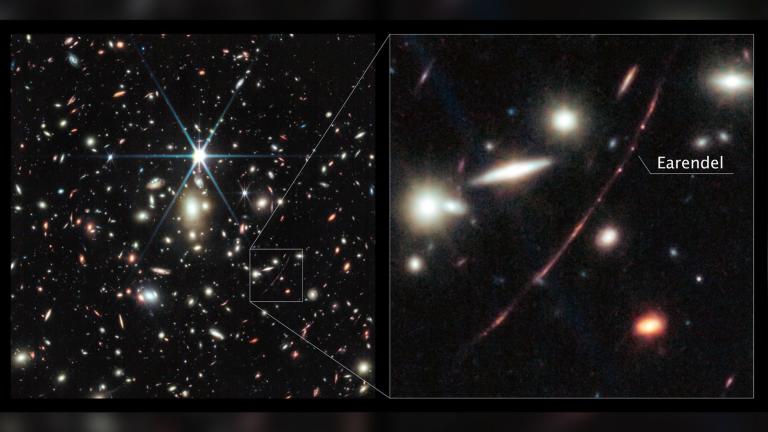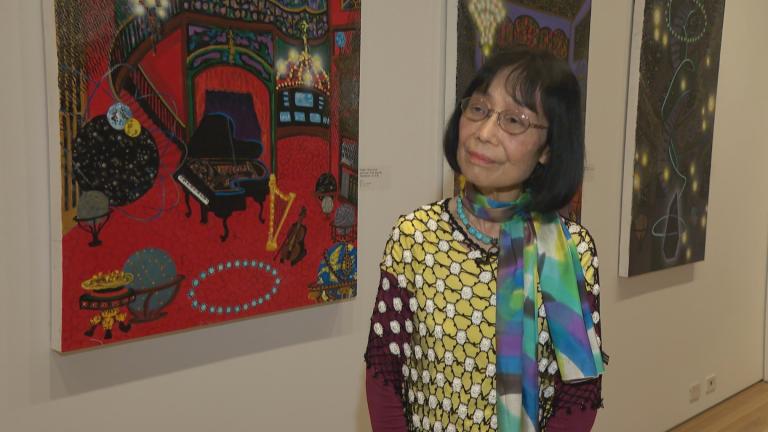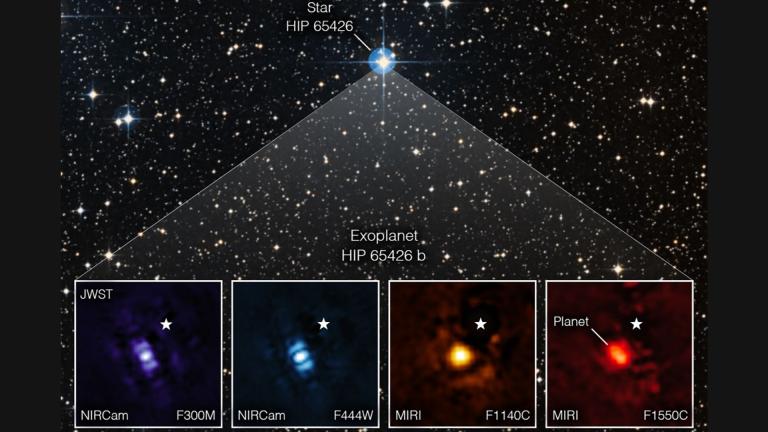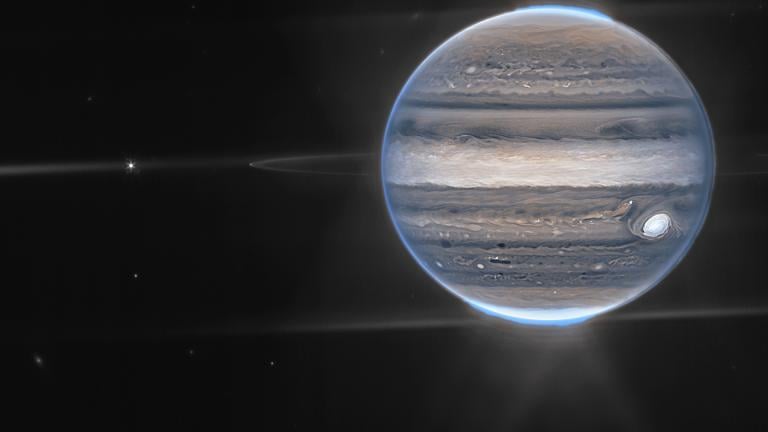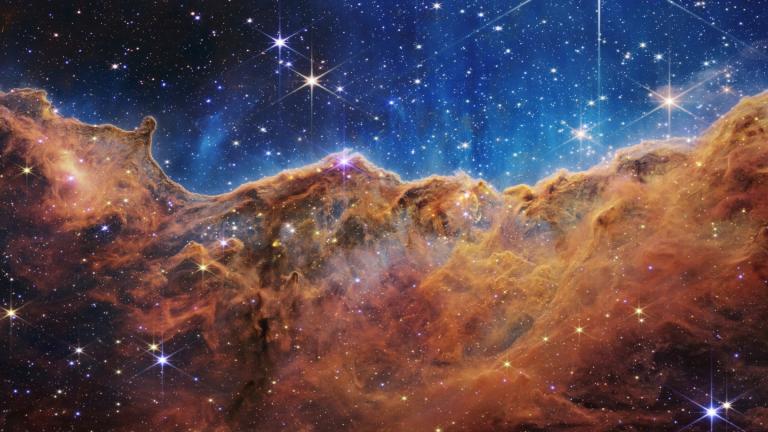Earendel is so distant that the starlight glimpsed by the Webb telescope was emitted within the first billion years of the universe. The universe is estimated to be about 13.8 billion years old.
James Webb Space Telescope
The unpopulated environments created by Michiko Itatani suggest settings for sci-fi stories, filled with rockets, planets, books and music. In short, art and science. The work is about inner space – and outer space.
For the first time, the James Webb Space Telescope has been used to directly image an exoplanet — that’s a planet outside of our solar system. A Northwestern astronomer was part of the team.
The James Webb Space Telescope took the photos in July, capturing unprecedented views of Jupiter’s northern and southern lights, and swirling polar haze.
Tuesday’s releases showed parts of the universe seen by other telescopes. But Webb’s sheer power, distant location from Earth and use of the infrared light spectrum showed them in a new light that scientists said was almost as much art as science.

